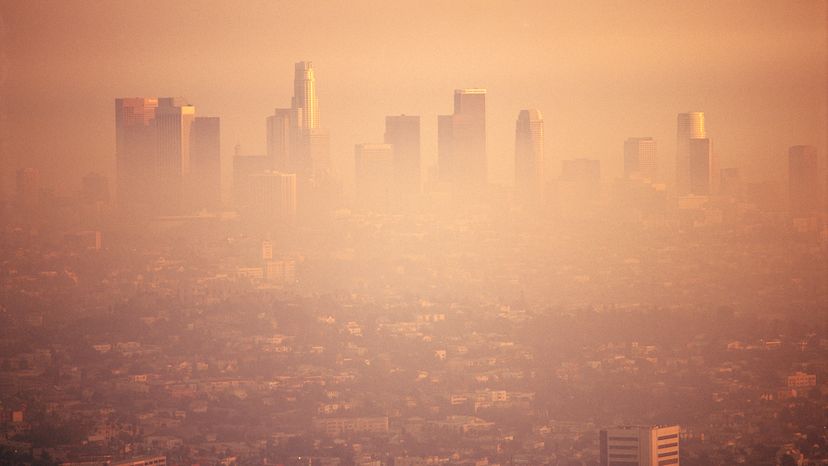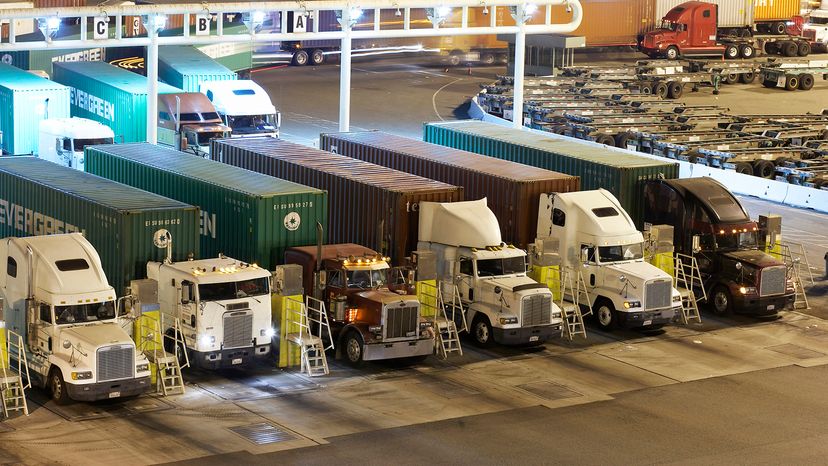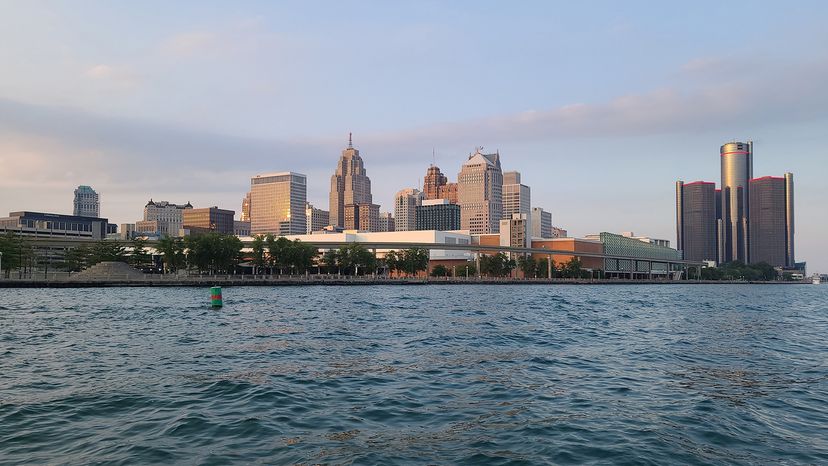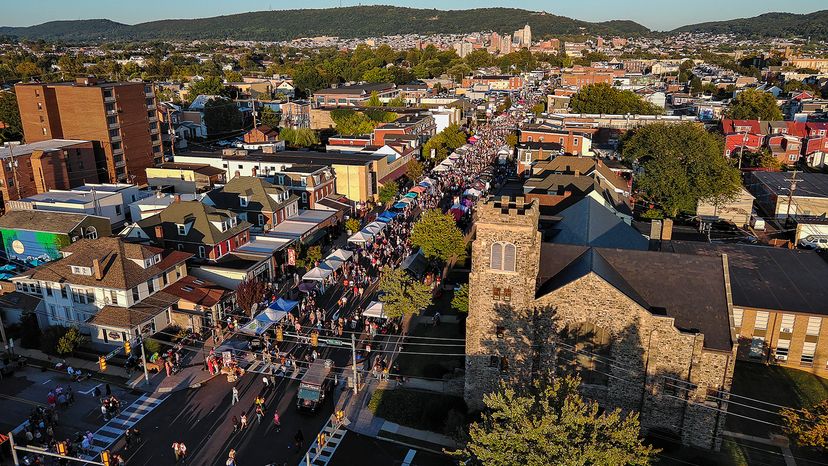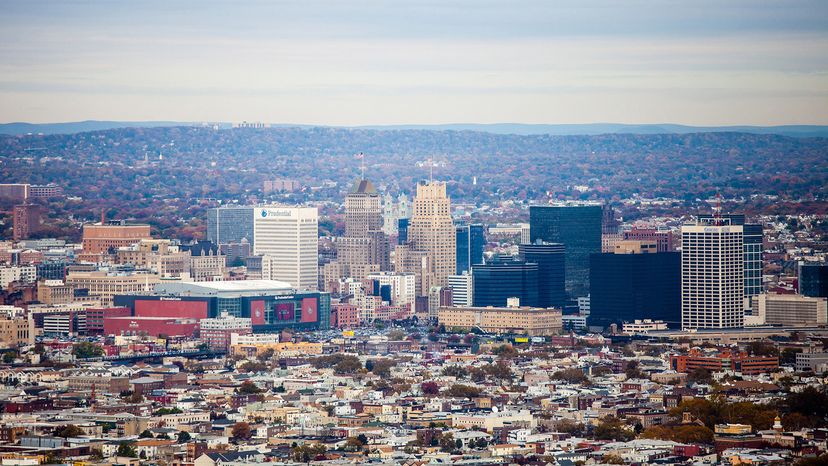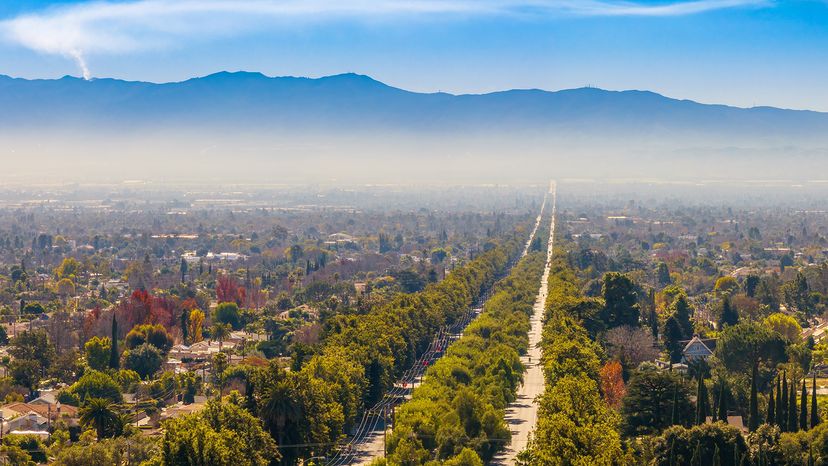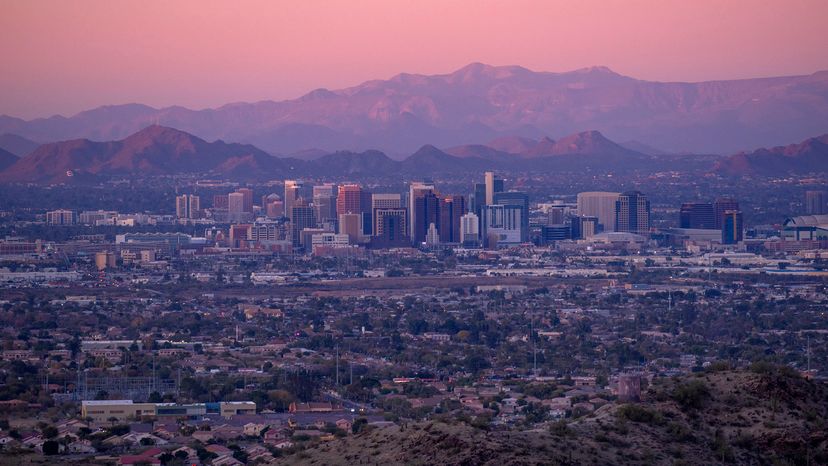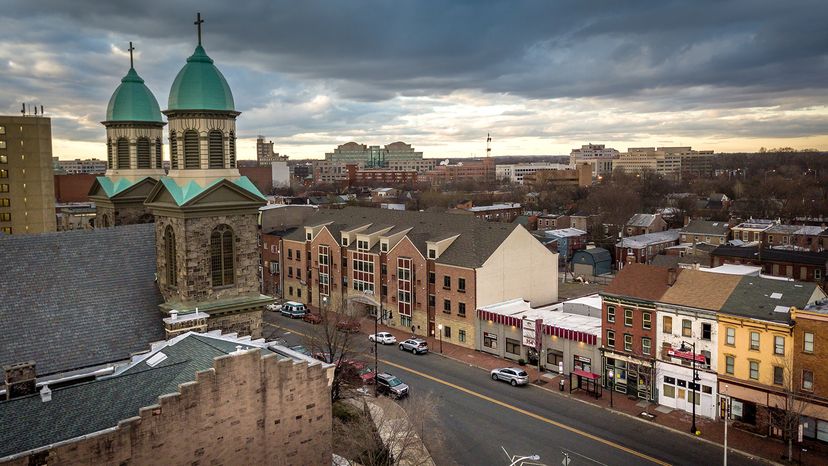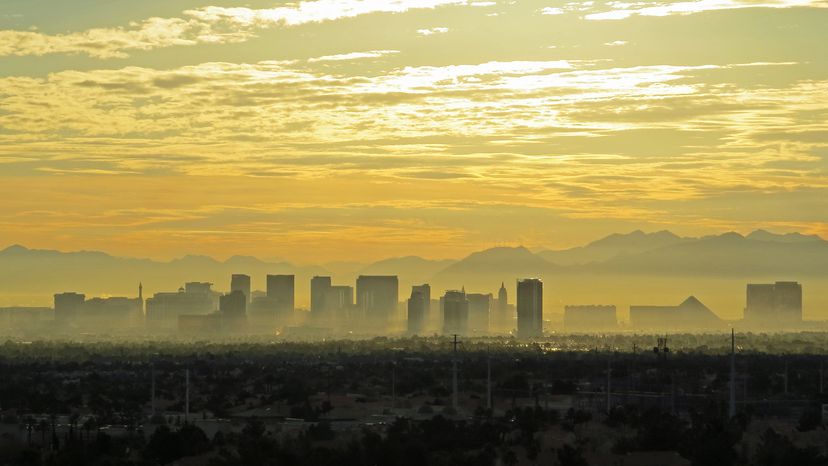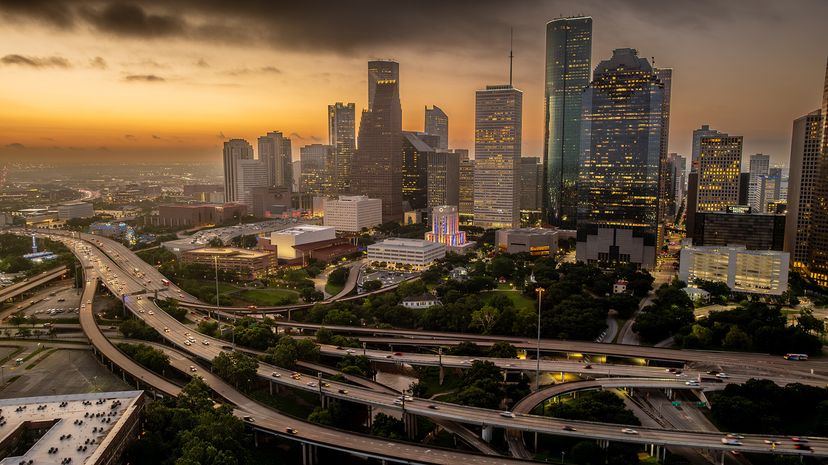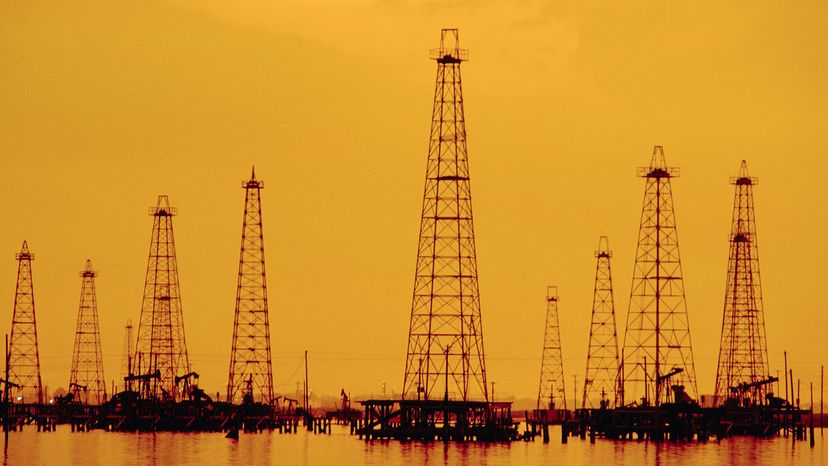By now you might be wondering which American cities LawnStarter ranked as the cleanest. In fact, several stood out for their cleanliness and strong environmental policies.
Cities like Wilmington, North Carolina, and Pleasanton, California, rank among the least dirty cities, due to their low levels of air pollutants, efficient management of waste and efforts to restrict emissions.
These cities enjoy higher resident satisfaction and face fewer health consequences (such as asthma and other respiratory issues), thanks to lower levels of pollution near roadways and compliance with EPA safety guidelines.
Duluth, Minnesota, and Lynchburg, Virginia, also exemplify how cleaner air, lower greenhouse gas emissions and minimal drinking water violations can create healthier living environments. These cities benefit from strong local policies that maintain their air quality standards and support sustainable living, allowing them to avoid the environmental pitfalls you come across in larger, more polluted cities.
As a result, residents of these cities enjoy cleaner day-to-day conditions and report higher satisfaction with their local services and infrastructure, according to LawnStarter.
We created this article in conjunction with AI technology, then made sure it was edited and fact-checked by a HowStuffWorks editor.
